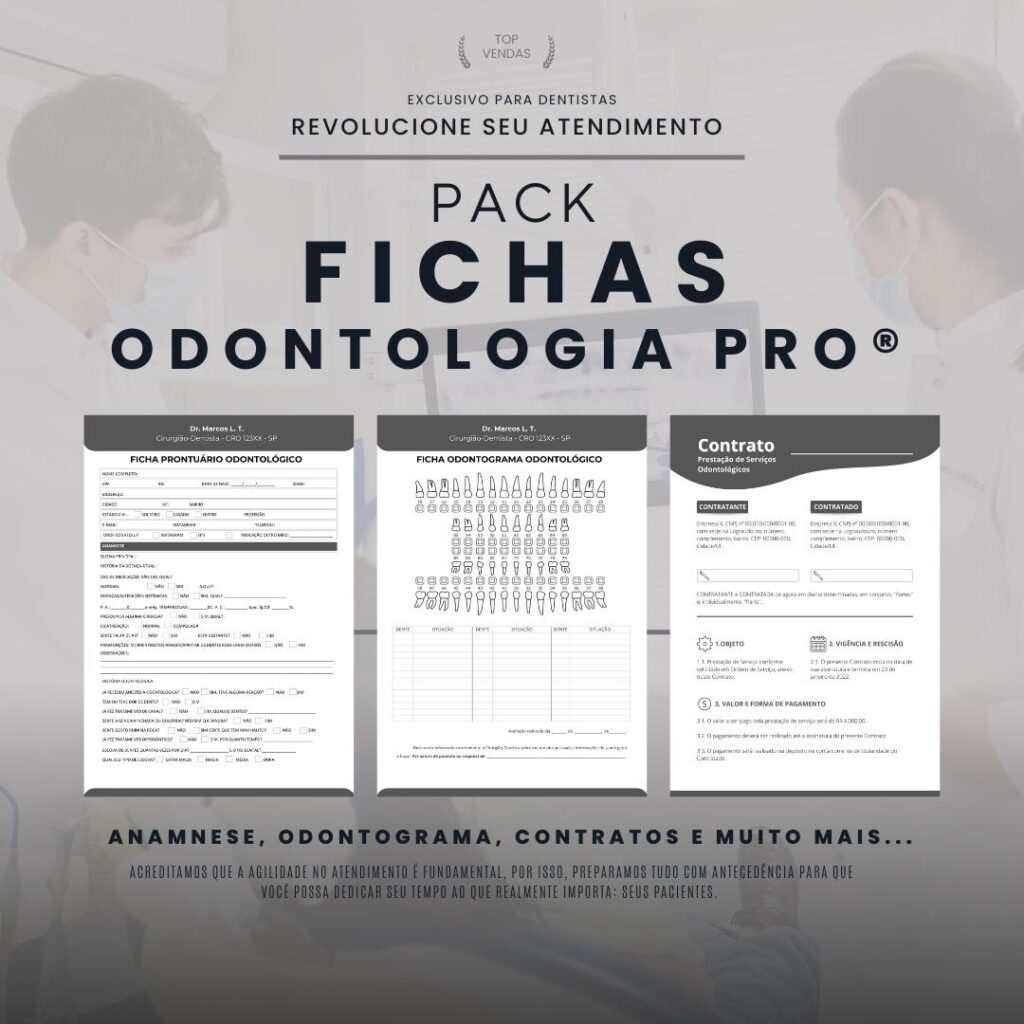What is Particle Jet?
Particle jetting is a process used in various industries to clean, finish and prepare surfaces. Also known as sandblasting, this method involves projecting abrasive particles at high speed towards the surface to be treated. These particles can be made of different materials, such as sand, steel shot, aluminum oxide, among others.
How does Particle Jet work?
The blasting process is carried out using equipment called a particle jet. This equipment consists of a reservoir that stores the abrasive particles, a pressurization system that propels the particles and a gun through which the particles are projected.
To start the process, the abrasive particles are loaded into the equipment's reservoir. The pressurization system is then activated, generating the pressure needed to propel the particles. The gun is then directed towards the surface to be treated and the operator pulls the trigger, releasing the particles at high speed.
Particle Jet Applications
Particle jetting has a wide range of applications in different industries. Some examples of uses for this process are:
Surface Cleaning
One of the main applications of particle jetting is surface cleaning. This process is used to remove dirt, oxides, paints, varnishes and other types of unwanted coatings. Sandblasting is capable of providing a deep and efficient cleaning, leaving the surface ready to receive a new coating or to be inspected.
Surface Preparation
Particle jetting is also used to prepare surfaces prior to the application of coatings. By removing old layers of paint, oxides and other contaminants, blasting provides a clean, rough surface, ideal for the adhesion of the new coating. This preparation is essential to ensure the durability and quality of the applied coating.
Rust Removal
Rust is a common problem in metal structures exposed to the elements. Particle blasting is one of the most efficient techniques for removing rust, as the abrasive particles act directly on the oxidation, removing it completely. In addition, blasting also prepares the surface to receive a new protective coating, preventing the reappearance of rust.
Surface Finishing
Particle jetting can also be used to finish surfaces. Depending on the type of abrasive particle used, different textures and roughness can be obtained on the treated surface. This finish is used, for example, in the automotive industry to prepare the surface before painting, ensuring better paint adhesion.
Advantages of Particle Jet
Particle jetting has several advantages over other methods of cleaning and preparing surfaces. Some of the main advantages are:
Deep Cleaning
Sandblasting is capable of providing a deep cleaning, efficiently removing dirt and contaminants. The abrasive particles act directly on the surface, removing unwanted layers and leaving it completely clean.
Proper Preparation
Particle blasting prepares the surface properly to receive a new coating. By removing old layers of paint, oxides and other contaminants, blasting provides a clean, rough surface, ideal for the adhesion of the new coating.
Efficient Rust Removal
Rust removal is one of the main applications of particle blasting. This method is capable of completely removing oxidation, leaving the surface rust-free and ready to receive a new protective coating.
Application Flexibility
Particle jetting can be used on different types of surfaces, such as metals, concrete, wood, among others. In addition, it is possible to adjust the pressure and type of abrasive particle according to the needs of the process, making it flexible and adaptable to different situations.
Conclusion
In short, particle jetting is a process used to clean, prepare and finish surfaces. This method offers several advantages, such as deep cleaning, adequate preparation, efficient rust removal and application flexibility. Whether in the automotive industry, construction or other areas, particle jetting is a widely used technique to ensure the quality and durability of treated surfaces.


